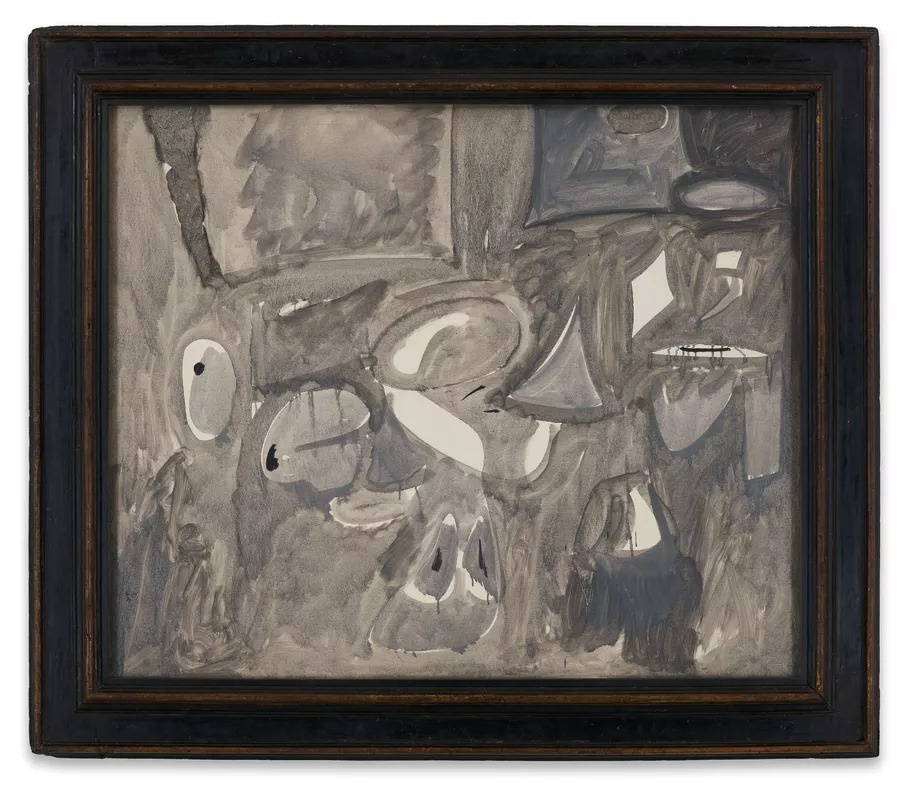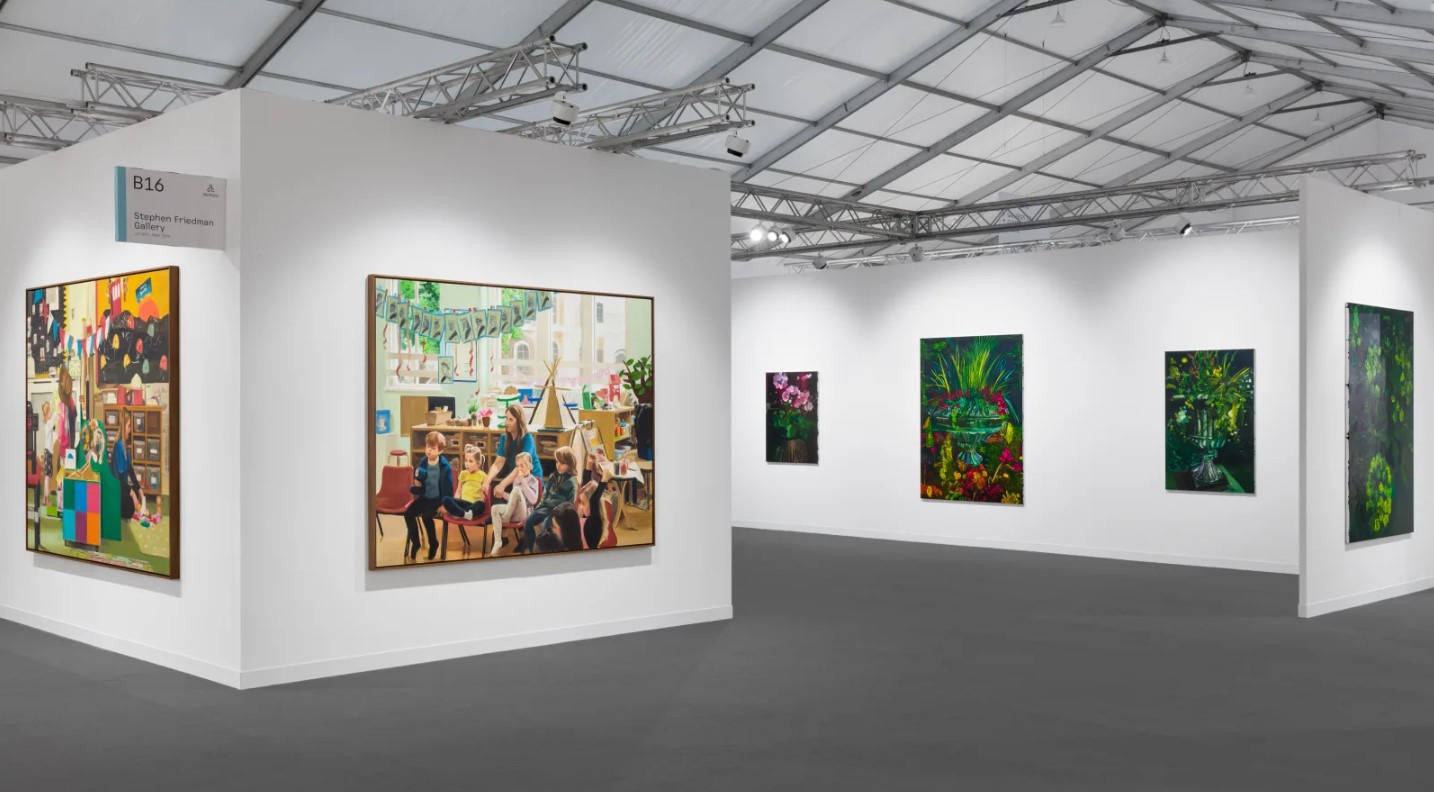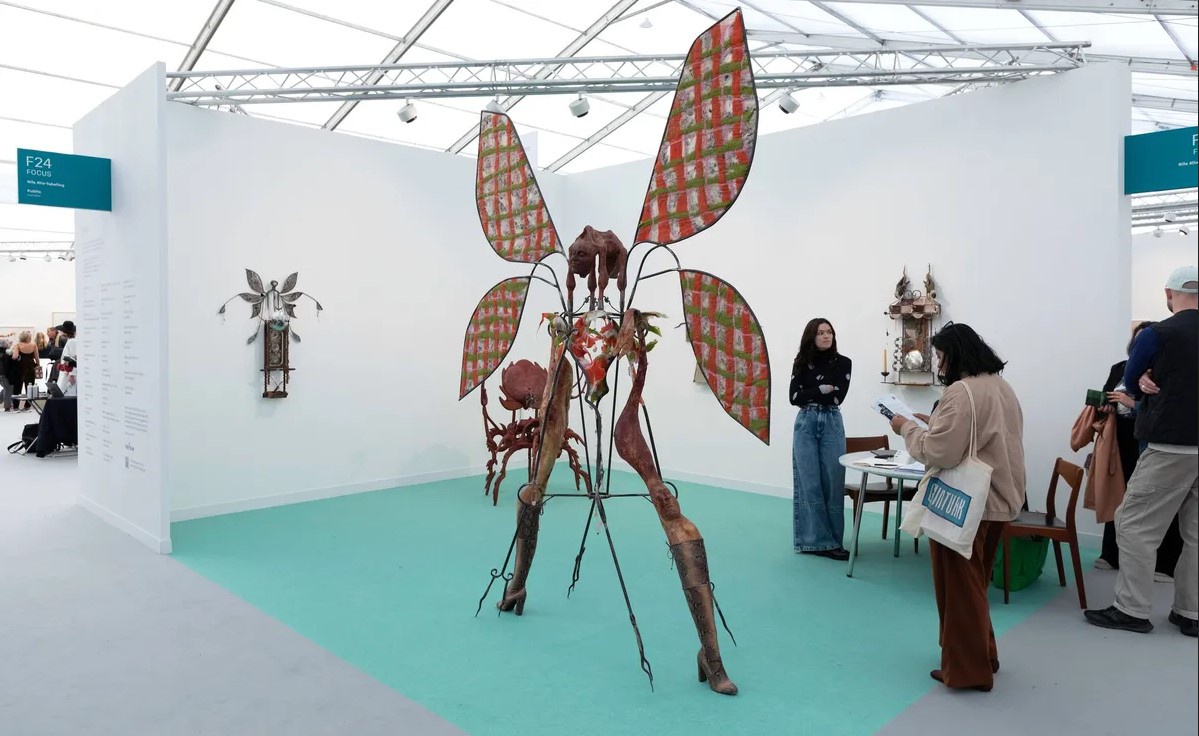Frieze London 2024 took place against a challenging economic and political backdrop, including concerns about inflation, Brexit aftershocks, and competition from Art Basel Paris. Despite these hurdles, the fair experienced strong sales, particularly during the VIP preview, with dealers reporting optimistic business outcomes.
The market outlook for Frieze London shows resilience, especially in blue-chip and established artist sectors. Significant sales included Arshile Gorky’s The Opaque for $8.5 million and Édouard Manet’s Pelouse du champ de courses à Longchamp for €4.5 million, demonstrating demand for historical works. However, while higher-priced works saw success, the market for ultra-contemporary art, once a key driver of fairs like Frieze, continued to soften. Reports indicated a significant contraction in sales for artists under 40, following a cooling period that began in 2023.

Mid-tier galleries, however, reported positive outcomes, with several selling out their booths early on, showing that works priced under $100,000 are still in demand. For instance, Stephen Friedman Gallery sold out its entire presentation of works by British artists Caroline Walker and Clare Woods, with pieces priced between £35,000 and £175,000. Additionally, a cautious optimism prevailed among galleries, with dealers adapting to more selective buying practices and being flexible with pricing, particularly on the secondary market.

Another key factor shaping the outlook for Frieze London is the increasing competition from Paris, especially with the return of Art Basel at the Grand Palais. While some speculated that American buyers might favor Paris over London, early reports indicate that both fairs have room to coexist. London continues to attract a cosmopolitan audience, benefiting from the city’s cultural diversity and its position as a hub for art production and curation.
Looking to the future, the fair’s new layout, which gave prominence to smaller and mid-sized galleries, was well-received and created more opportunities for discovery. This reflects a broader trend of catering to younger galleries and mid-market buyers as the ultra-contemporary sector recalibrates.

As the London art world breathes a sigh of relief, Frieze London's importance remains secure as a major player in the global art market. London’s deep-rooted cultural scene, coupled with strong international attendance, suggests that the fair will continue to thrive, even in a shifting market environment.
